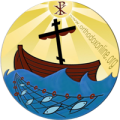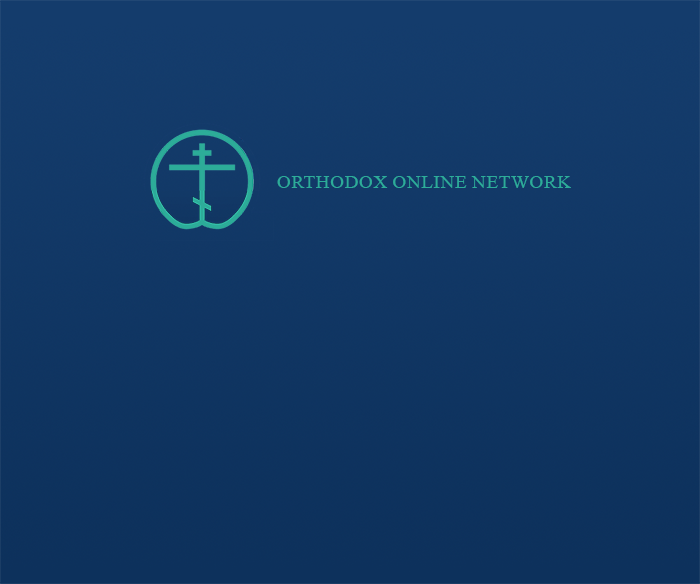“The Book of Mormon” or “The Book of Mormon” is the second inspiring book after the Mormon Bible. In fact, Mormons consider the “Book of Mormon” superior to the Bible because the latter has been subjected to changes and deletions through different translations, according to their opinion. Joseph Smith, the founder of the Mormon Shiites, says: “I told the brothers that the Book of Mormon is the most correct book on earth, that it is the cornerstone of our religion, and that man comes closer to God by adhering to his commandments than any other book.” (01). Smith, the founder of Mormonism, claims that an angel appeared to him from God in 1823 and directed him to the location of buried golden tablets, on which was written “The Book of Mormon” in “Reformed Egyptian.” According to his account, Smith translated these tablets into English and published the “Book of Mormon” in 1830 in the United States, the year in which he officially founded the “Church of Jesus Christ of Latter-day Saints” or the Mormon Church. I apologize in advance to the reader for wasting his time by summarizing the content of the “Book of Mormon” here because this content is based on imaginary stories similar to pagan myths.
The Book of Mormon tells the story of two great migrations from the Middle East to the Americas. The first took place in the year 2250 BC to Central America, where immigrants founded a civilization and cities, but they later fought each other in battles in which millions of men, women, and children died, and only two survived, one of whom was the Prophet Ether. The second migration was the migration of Lehi (a Jew from the tribe of Manasseh), which occurred from Jerusalem in the year 600 BC to South America, and then the descendants of Laman (one of Lehi’s sons) immigrated to North America, where they established a civilization and built cities. The children of Lehigh and the children of Nephi, his brother, lived for 200 years until wars broke out between them until the last war, the Battle of Cumorah Hill, in the United States, in which all of Nephi’s followers were killed except one, Moroni, whose father’s name was Mormon.
Mormon, in the fourth century B.C., wrote the story of his people, the followers of Nephi, on golden tablets. Nevaeh had started with it before. After the Battle of Mukorah, Moroni added it to it and then buried it until the angel showed it to Joseph Smith.
There are many criticisms of the Book of Mormon. Some are doctrinal (see the main differences between Orthodoxy and Mormons), and some are linguistic and historical. The language of the tablets is “reconciled Egyptian,” which is a language unknown to anyone. God does not use an unknown language to convey His revelation. It is unreasonable for Jews, like Nevaeh and others, to write in a language like this, which is not originally an alphabetic language, and is less developed than the Hebrew language. The original paintings do not exist for study and translation criticism (as is the case with the original Bible manuscripts). Additionally, Mormons claim that Joseph Smith's translation is error-free, divinely inspired, and therefore binding and cannot be modified. (02). Whereas if we compare the “Book of Mormon” in its original edition in 1830 and the subsequent editions, the 1950 edition for example, we will find many linguistic and doctrinal corrections! The Book of Mormon also contains 2,700 words taken entirely from the English King James version of the Bible. Is it possible that the Golden Tablets were translated by divine inspiration into a language identical to the King James Version?
In June, I saw the “Book of Mormon” in its Arabic edition for the first time in Lebanon, which means that the Mormons had begun their missionary activity in the Middle East on a large scale, with Israeli funding, because Israel has the highest interest in spreading these pagan heresies disguised as Christians to destroy apostolic Christianity and to create People in the East believe in the literal return of the Jews to Palestine, as do Mormons openly.
About the book: You asked me and I answered you
Q 158
Dr.. Adnan Trabelsi
(01) Teachings of the Prophet Joseph Smith; ed., Joseph Fielding Smith., Salt Lake City: Desert Book Co., 1958; p. 194.

